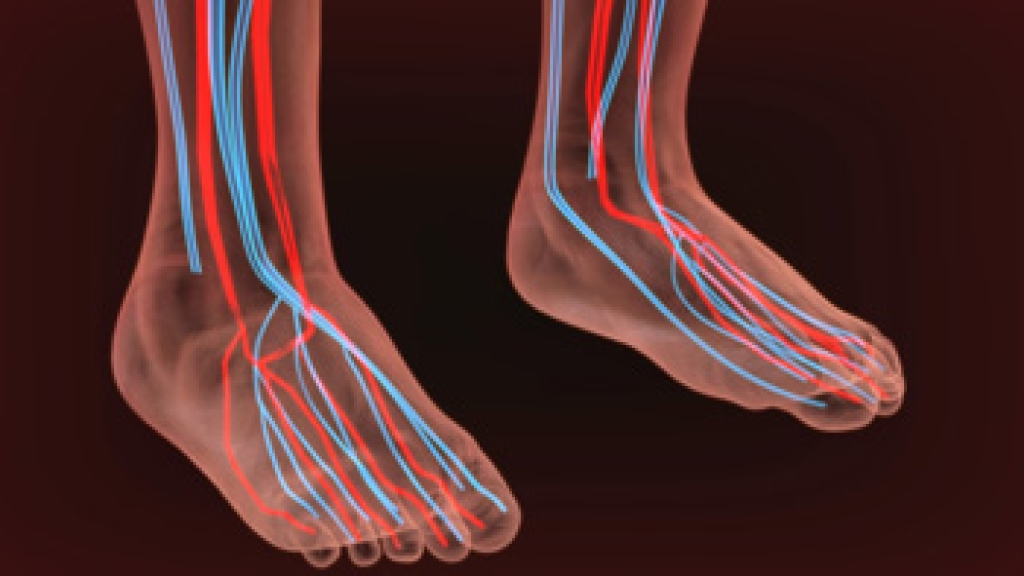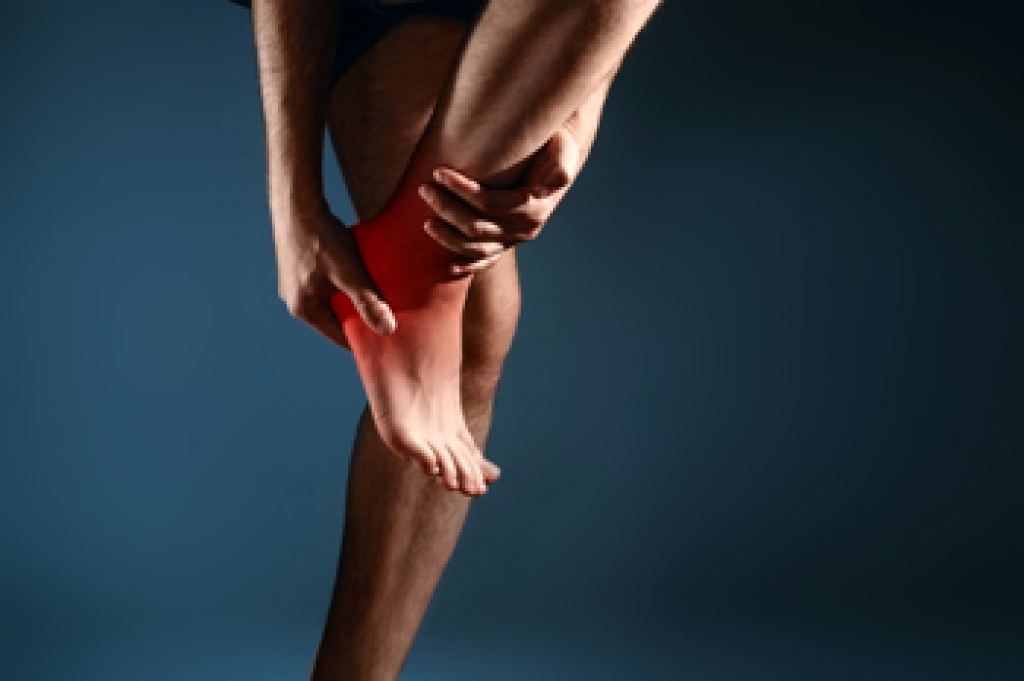
Sever's disease is a common cause of heel pain in children, named after JW Sever who first described the condition in 1912. It occurs when the growth plate in the heel becomes inflamed due to overuse of the bones and tendons in the foot, often from running, jumping, or other high impact sports. Children with Sever's disease may experience pain at the back or bottom of the heel, limping, stiffness, and difficulty participating in physical activities. The condition is typically seen in active children during growth spurts. A podiatrist can evaluate the severity, recommend stretching and strengthening exercises, provide supportive footwear or orthotics, and guide activity modification. If your child has heel pain or is limping, it is suggested that you schedule a visit with a podiatrist who can offer effective relief and management tips for Sever’s disease.
Sever's disease often occurs in children and teens. If your child is experiencing foot or ankle pain, see Jordan Baker, DPM from Best Foot Forward Surgical Podiatry. Our doctor can treat your child’s foot and ankle needs.
Sever’s Disease
Sever’s disease is also known as calcaneal apophysitis, which is a medical condition that causes heel pain I none or both feet. The disease is known to affect children between the ages of 8 and 14.
Sever’s disease occurs when part of the child’s heel known as the growth plate (calcaneal epiphysis) is attached to the Achilles tendon. This area can suffer injury when the muscles and tendons of the growing foot do not keep pace with bone growth. Therefore, the constant pain which one experiences at the back of the heel will make the child unable to put any weight on the heel. The child is then forced to walk on their toes.
Symptoms
Acute pain – Pain associated with Sever’s disease is usually felt in the heel when the child engages in physical activity such as walking, jumping and or running.
Highly active – Children who are very active are among the most susceptible in experiencing Sever’s disease, because of the stress and tension placed on their feet.
If you have any questions, please feel free to contact our office located in Florence, SC . We offer the newest diagnostic and treatment technologies for all your foot care needs.




